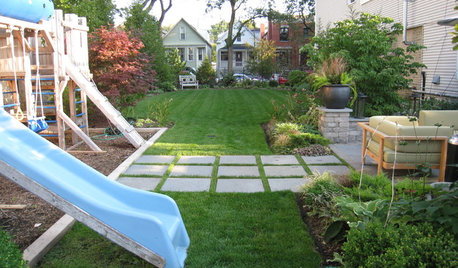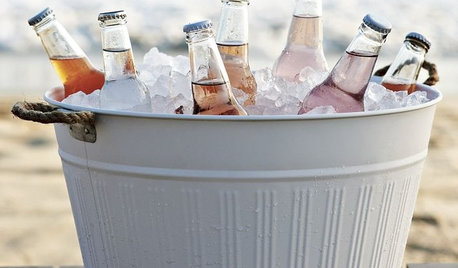How to help my watermelon
chickencoupe
12 years ago
Featured Answer
Comments (12)
sheri_nwok
12 years agolast modified: 9 years agoredding
12 years agolast modified: 9 years agoOkiedawn OK Zone 7
12 years agolast modified: 9 years agosheri_nwok
12 years agolast modified: 9 years agoOkiedawn OK Zone 7
12 years agolast modified: 9 years agochickencoupe
12 years agolast modified: 9 years agoOkiedawn OK Zone 7
12 years agolast modified: 9 years agoredding
12 years agolast modified: 9 years agochickencoupe
12 years agolast modified: 9 years agoredding
12 years agolast modified: 9 years agochickencoupe
12 years agolast modified: 9 years ago
Related Stories

KITCHEN DESIGNHere's Help for Your Next Appliance Shopping Trip
It may be time to think about your appliances in a new way. These guides can help you set up your kitchen for how you like to cook
Full Story
HOUZZ TOURSMy Houzz: Saturated Colors Help a 1920s Fixer-Upper Flourish
Bright paint and cheerful patterns give this Spanish-style Los Angeles home a thriving new personality
Full Story
COLORPaint-Picking Help and Secrets From a Color Expert
Advice for wall and trim colors, what to always do before committing and the one paint feature you should completely ignore
Full Story
ORGANIZING10 Terrific Aids for Your New Year's Resolutions
Jump-start your career, organize your life, boost your water intake ... these helpful accessories will help you start the year off right
Full Story
LIFE6 Tips for Teaching Your Kids to Be Good Neighbors
Everyone wins when your children learn to respect boundaries, get help when they need it and show others they care
Full Story
PRODUCT PICKSGuest Picks: Build a Better Barbecue
Entertain friends with ease this summer with the help of these outdoor party provisions
Full Story
MOST POPULARHow to Choose a Front Door Color
If choosing a door paint isn't an open-and-shut case for you, here's help
Full Story
COLORColor Feast: When to Use Red in the Dining Room
It awakens appetites and spurs conversations, but too much is like a second helping of pie. Find the perfect balance of dining room red here
Full Story
FUN HOUZZHouzz Quiz: How to Find Your ‘Me Time’ Place
Looking for the best place in your house to soothe away your stress? We’re here to help
Full Story
KITCHEN DESIGN10 Outdoor Kitchens to Flip Over
Whether you're flipping burgers on Memorial Day or kicking back while someone else cooks, these kitchens hit the spot
Full StoryMore Discussions







chickencoupeOriginal Author